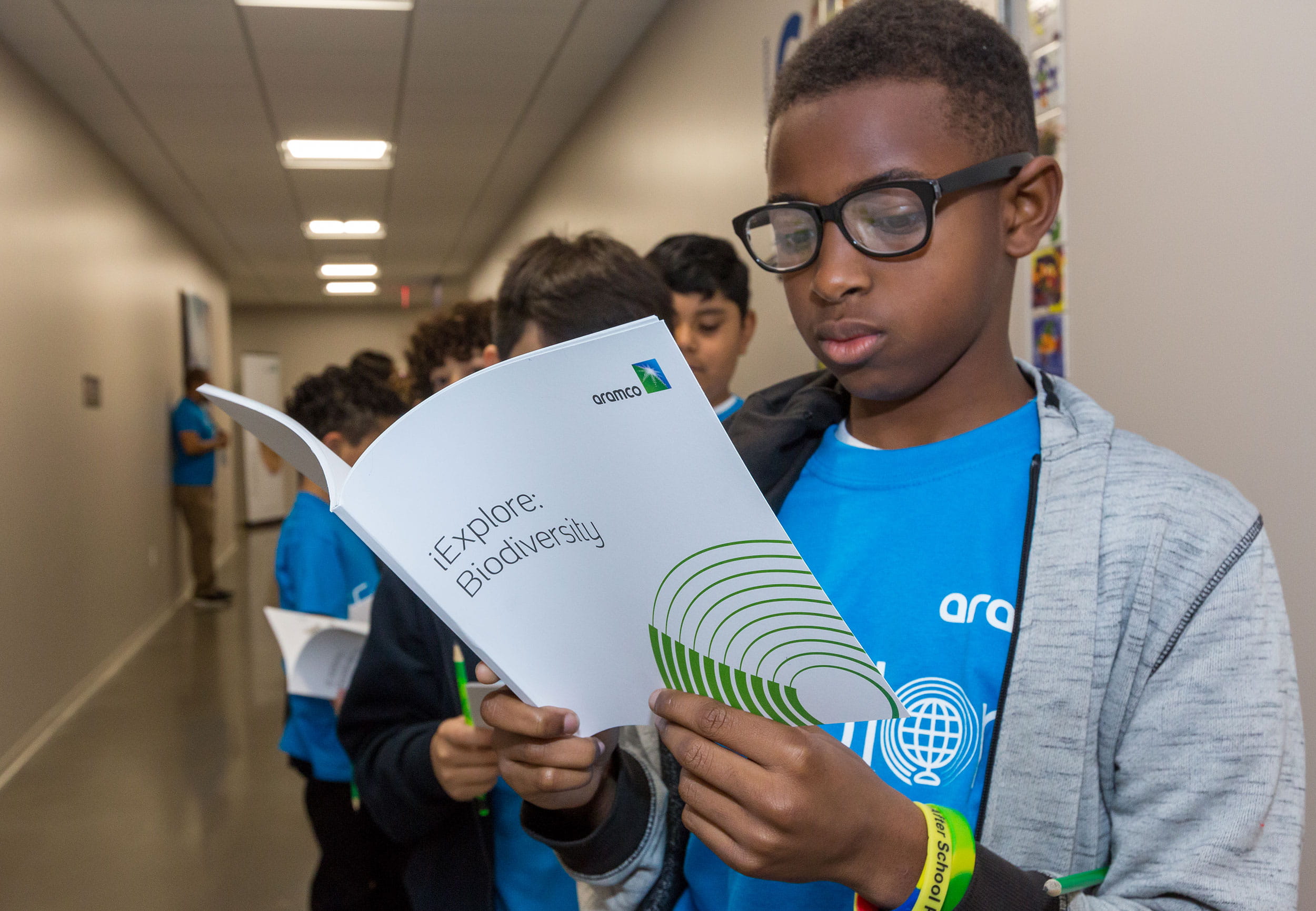
Aramco sustainability report 2024
Minimizing environmental impact
2024 performance
- Rise of 5.4 p.p. in the net positive impact on biodiversity was largely due to the doubling of the number of Biodiversity Protection Areas (BPAs) to 28 (versus 14 in 2023).
- Achieved 95%** ISO 14001 certification at 57 Upstream and Downstream asset-based organizations enrolled in Aramco’s Environmental Management System (EMS).
- Decrease of 41.7% in the number of spills, primarily attributed to the preventive maintenance and repair of our pipelines, along with improved procedures.
- Continued upgrading Sulfur Recovery Units (SRU) with tail gas treatment units.
- Continued pursuing a water neutrality aspiration.
- Received the International Sustainability & Carbon Certifications (ISCC PLUS) for Yanbu NGL and ARLANXEO products for a variety of plants across the globe.
- Our continued expansion in operations resulted in an increase of the total disposed waste by approximately 6.5%. As a result of applying circular economy principles and initiatives, the percentage of total industrial waste recycled increased by 12.1p.p.
Freshwater consumption (million m3)
(2023: 89.9**<sub1>)
83.0**
Hydrocarbon spills (number)
(2023: 12)
7**
Net positive impact (biodiversity and ecosystems) (%)
(2023: 85.6**)
91.0**
SOx emissions (metric kilotons)
(2023: 146**)
145.3**
Industrial waste disposed (metric tons)
(2023: 481,561)
512,980**
Industrial waste recycled (%)
(2023: 35.7**)
47.8**
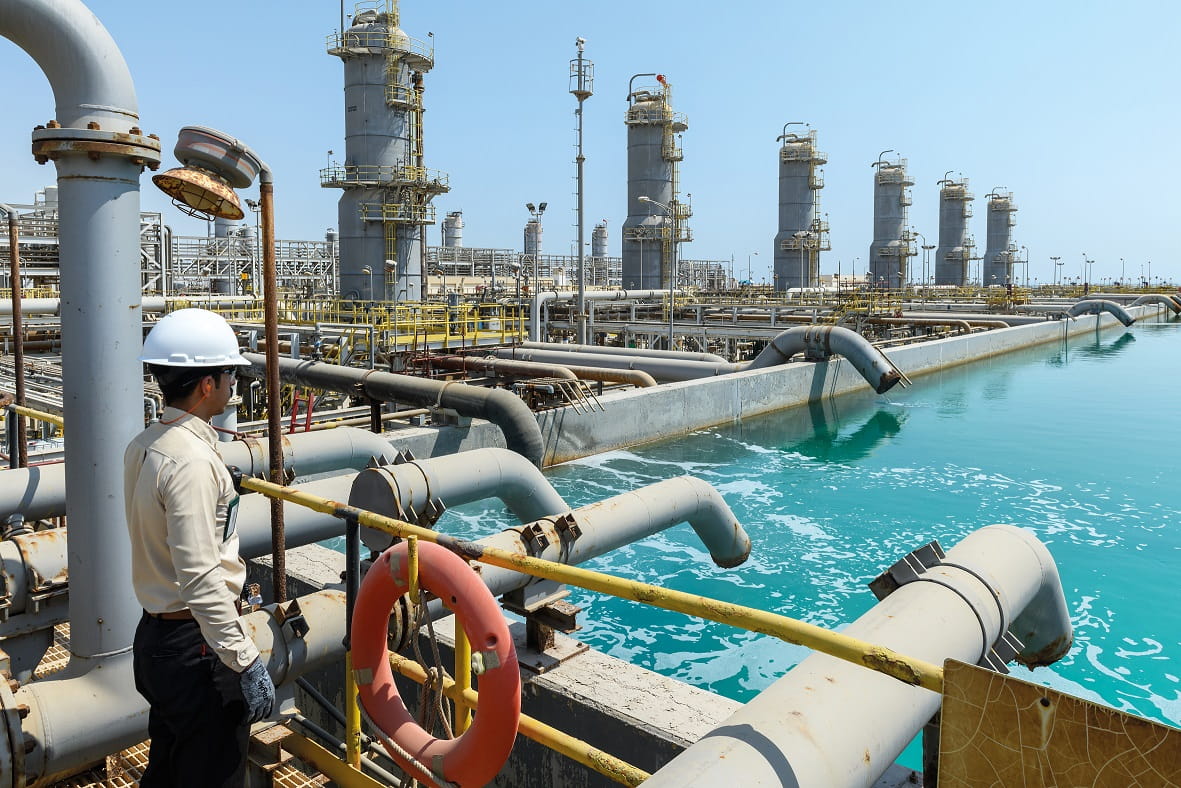
Water conservation efforts at Upstream operations
We recognize the vital importance of water conservation in our in-Kingdom operations and have established a comprehensive framework built around two focus areas as part of the Company’s water neutrality aspiration.
First, we aim to reduce our reliance on groundwater sources by identifying alternative water supplies, optimizing well design, and implementing managed aquifer recharge techniques. Secondly, we strive to optimize our water use by streamlining processes, upgrading equipment, and training personnel to promote a culture of water stewardship.
Focus areas:
- Reduce groundwater use
- Optimization and efficiency
Pillars
To help achieve our goals, we have identified three core pillars that underpin our water conservation framework:
Reduce dependency on groundwater
Utilize treated/desalinated seawater, greywater reuse, and wastewater recycling.
Lower water unit cost
Implement innovative solutions like membrane bioreactors, solarpowered desalination, and smart pumping systems.
Reduce water-related CO2 emissions
Incorporate renewable energy and efficient practices.
Enablers
We have identified five enabler categories that support our water conservation objectives:
System design modifications
Optimize existing infrastructure and design new systems that reduce water loss and enhance recovery. This includes installing low-flow fixtures, promptly repairing leakages, and using flow-restrictive devices that can reduce non-essential water consumption.
Digitalization solutions
Harness digital innovations like Internet of Things (IoT) sensors, predictive analytics, and smart monitoring systems to detect leaks, predict demand, and make informed decisions about water allocation. Real-time insights enable swift action, preventing unnecessary waste, and enhancing operational responsiveness.
Advanced technologies
Leverage advanced technologies to monitor, manage, and treat water more effectively, reducing water consumption. Tools include real-time monitoring platforms, machine learning algorithms, and precision irrigation control systems.
Research and development
Collaborate with experts and invest in R&D initiatives to keep up with emerging trends, identify potential solutions, and continuously improve our water stewardship practices. Partnerships with academia, startups, and industry peers facilitate knowledge sharing, accelerating innovation and adoption of advanced technologies.
Nature-based solutions
Embracing nature-based approaches, such as wetland restoration and green roofs, to harness the power of ecosystem services and enhance biodiversity while conserving water. These methods also provide benefits like improved air quality, noise reduction, and habitat creation.
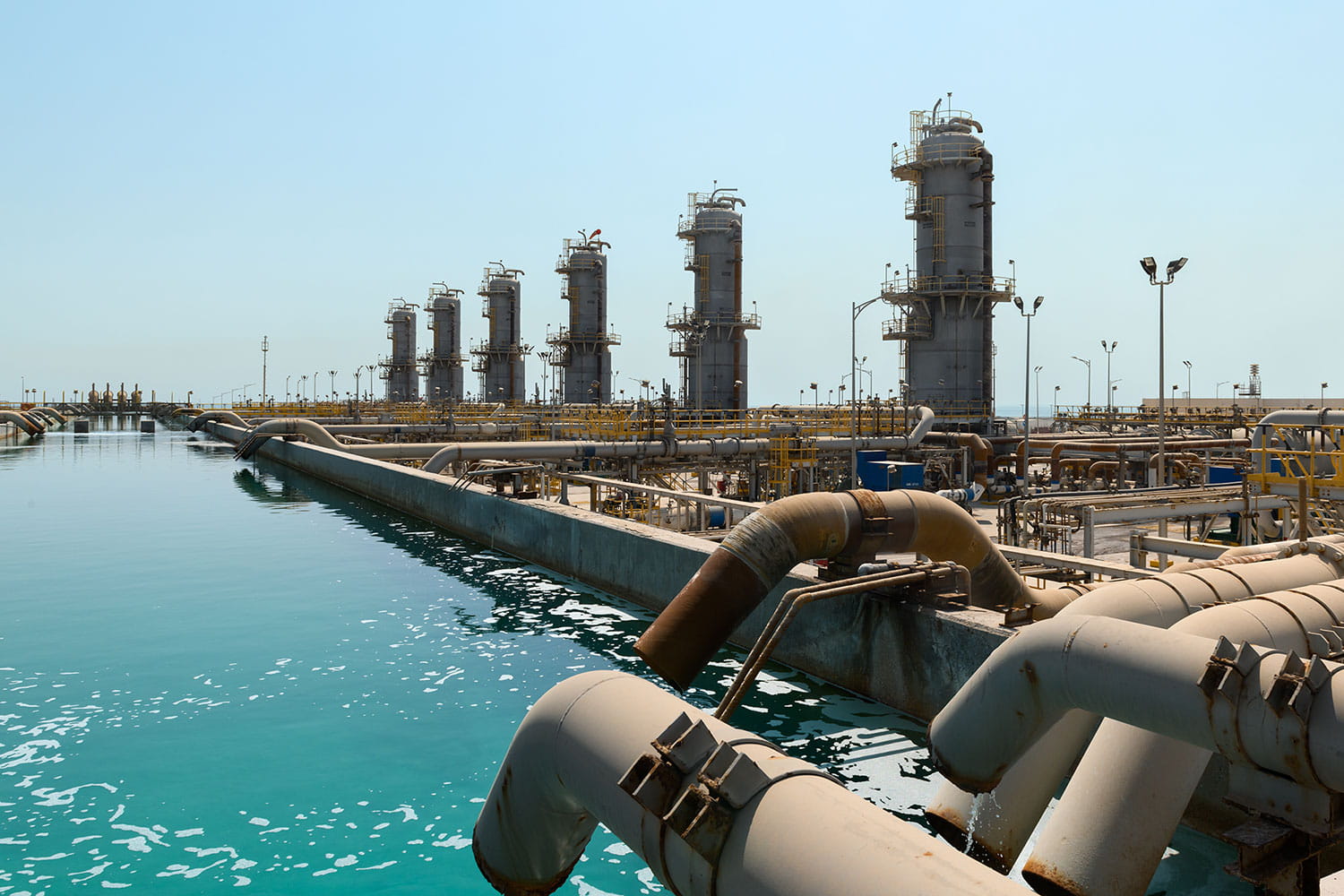
Our efforts
From the Arabian Gulf to the depths of a reservoir
Qurayyah seawater plant (QSWP) is the largest operation of its kind in the world with an expansive network of facilities across the Company’s fields. It treats seawater and transports it to many fields for pressure maintenance, thereby preserving valuable groundwater and helping protect marine life. Its annual maximum capacity for groundwater savings is equivalent to the entire industrial sector’s annual groundwater demand in Saudi Arabia.
1978 QSWP establishment
2.2 millions m3 per day
650+ injection wells are supplied by QSWP
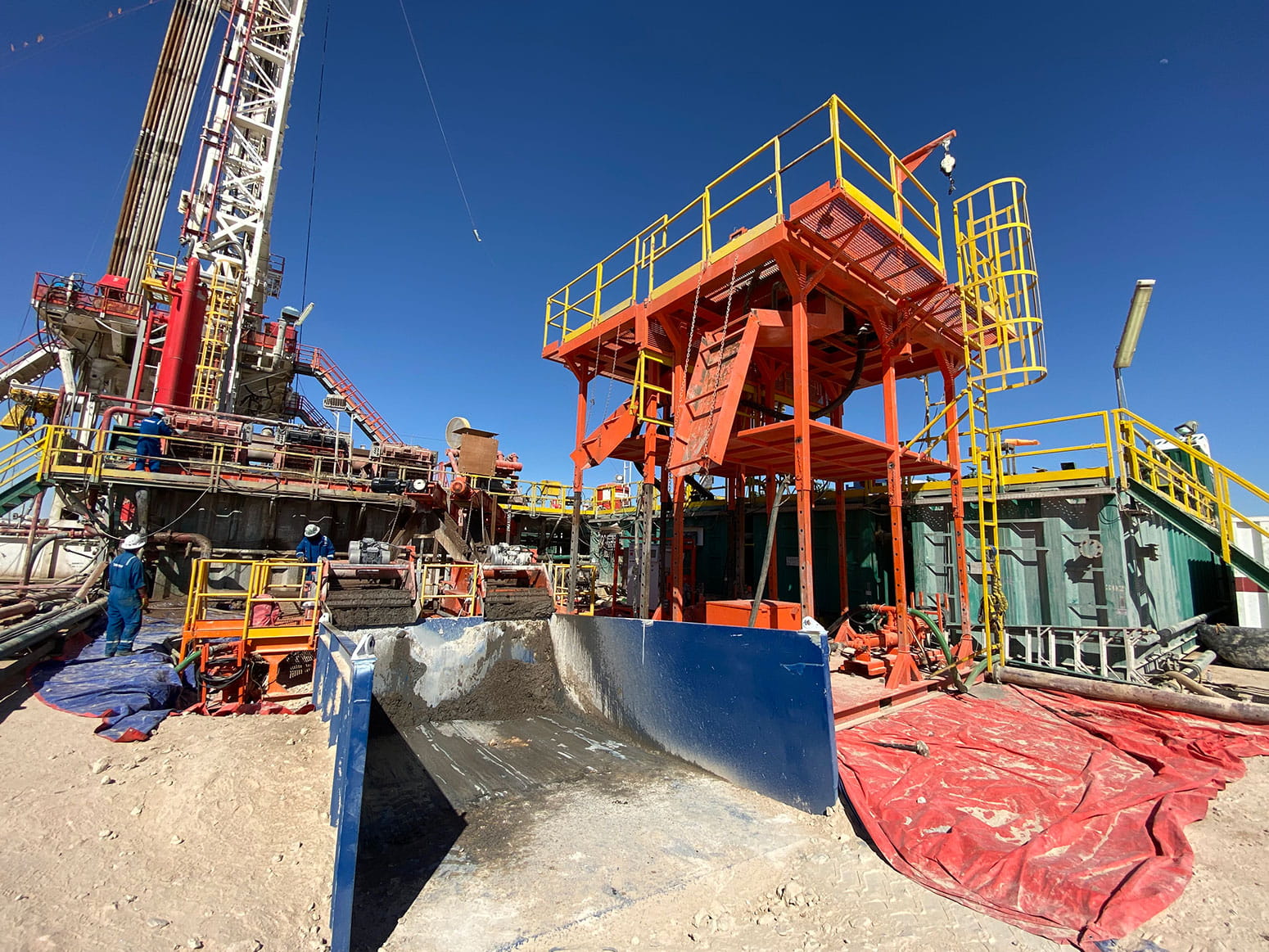
Closed loop drilling
Sustained groundwater supply is the primary focus area for the Drilling & Workover (D&WO) Organization. Among various water conservation initiatives implemented, closed loop drilling has led to significant results in reducing water consumption. The adoption of practices and services such as improved solids control, high-efficiency tank cleaning, completions filtration system, and water storage tanks have reduced the use of groundwater. In 2024, D&WO drilled 449 wells using closed loop practices which reduced groundwater consumption by 4.4 million m3.
4.4 million m3 of water is reduced in 2024
449 drilling wells using closed loop in 2024
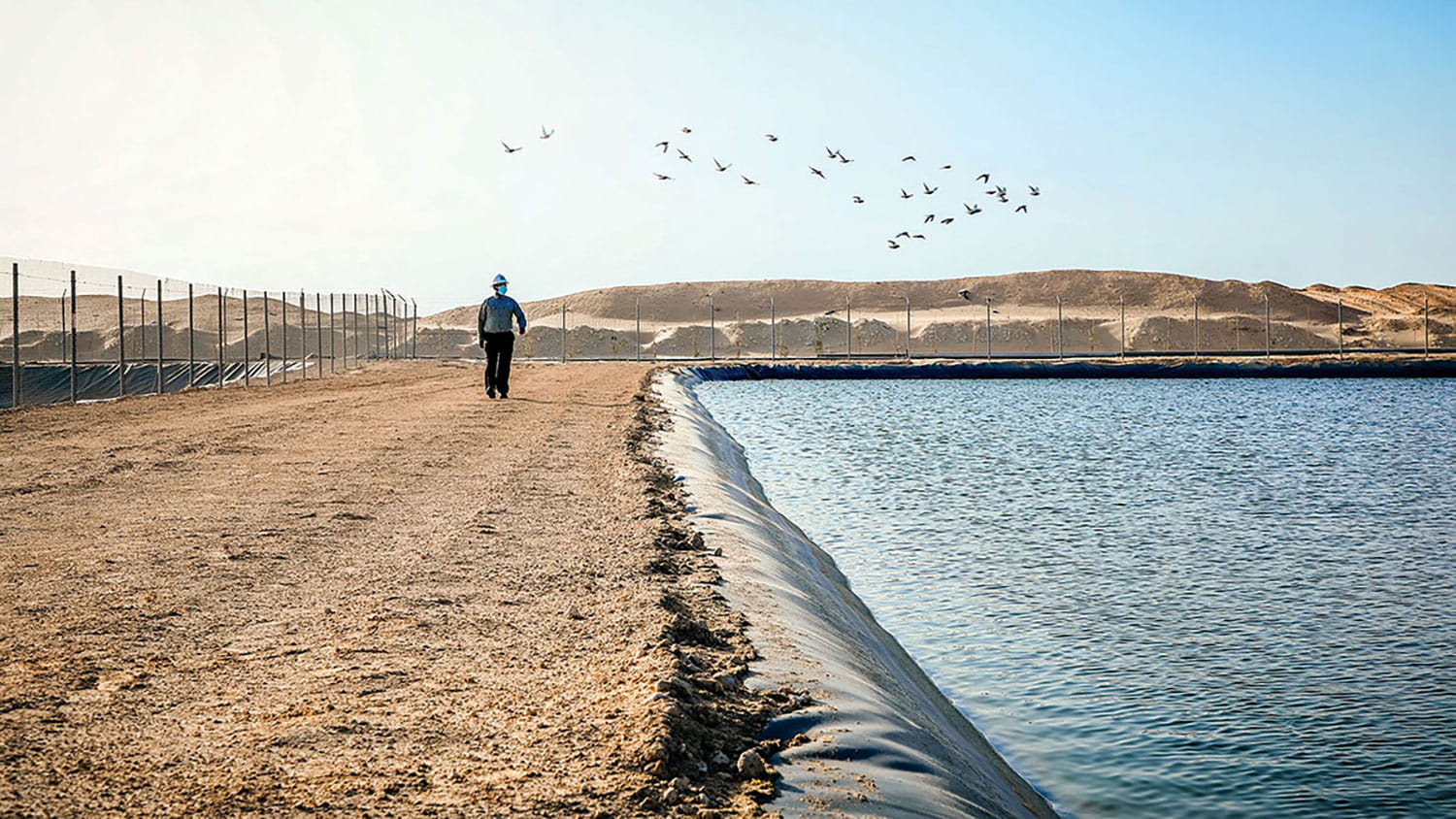
Treated sewage effluent
4.1 million m3 of groundwater is being conserved in 2024
